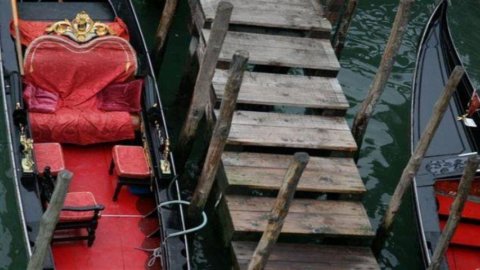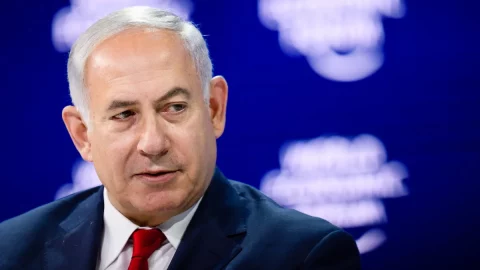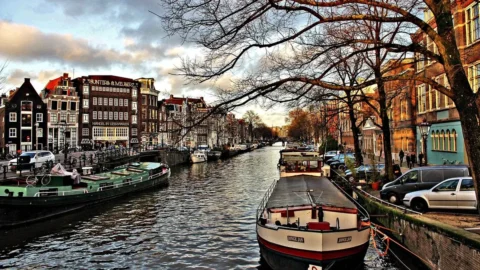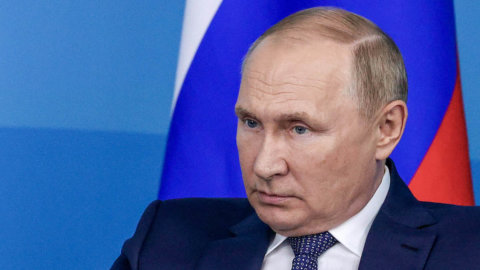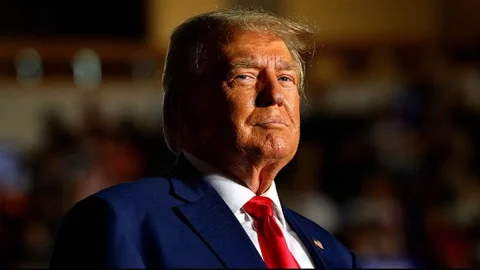Inaugurated yesterday in Venice 2019 European Exhibition of Culture, promoted by Expo Venice e Northeastern Europe and which sees three days full of appointments from Friday 23rd to Sunday 25th November. An event that brings together four sections: the Exhibition of Cultural Heritage and Activities and Restoration in its 16th edition, Open Design Italia 3rd edition, Restauri Aperti in its 1st edition and the Exhibition of New Digital Technologies for Culture.
An event that intends to propose the candidacy for European Capital of Culture a Venezia and North East for 2019, as the first European example of a metropolis built with a lattice model. And this is the novelty, a decidedly innovative project, where creativity passes through the company. The "Northeast" model has grown in the last thirty years through the manufacturing enterprise and has constituted a unique example of "post-Fordist" industrial development through industrial districts (Enzo Rullani, professor of Knowledge Economics, Venice International University).
In the transformations induced by globalization processes, the district model has been superseded by new industrial models focused on networks (Daniele Marini, associate professor at the University of Padua and scientific director of the Nord Est Foundation), on the growth of businesses suited to the new competitive dimensions (Giovanni Costa , president of Cassa di Risparmio del Veneto), on the so-called "creative industries" (Cristiano Seganfreddo, director of the Fuoribiennale and general manager of the Progetto Marzotto Association) and on the rediscovery of a strategic competitive factor such as craftsmanship applied to global enterprise (Stefano Micelli, economist and author of Future craftsman).
The entrepreneurial model of the Northeast, with the crisis, risks losing competitiveness (Massimo Malvestio, lawyer, Corriere del Veneto columnist), therefore it becomes necessary to review the metropolitan context of the organization of services starting from universities, airports, fairs, transport systems ( Cesare De Michelis, president of Marsilio Editori), but also finding new conditions that allow the development of a new industrial fabric through an evolved cultural district (Pier Luigi Sacco, dean of the Arts, Heritage and Markets Faculty, Iulm University of Milan).
The candidacy of Le Venezie as European Capital of Culture aims to create the conditions to avoid industrial desertification and strengthen the growth process of highly creative manufacturing industries capable of overcoming the new challenges of global competitiveness.
The Venices already today represent, in addition to the highest concentration of creative industry in Europe, also one of the major basins of:
1. cultural assets and activities: the Fondazione Musei Civici di Venezia, the Venice Biennale, La Fenice in Venice, the Arena in Verona, the Palladian works, the Mantegna, the MART in Rovereto, Giorgione, and Giotto, just to mention the elements of greater appeal.
2. International research and scientific culture centers concentrated in particular in Trieste, Padua and Trento.
3. landscape assets: the Po delta, the Dolomites, the Collio and the Carso, the towns of Cividale, Asolo, Bassano, Marostica. Castelfranco, Citadel, etc.
4. Places of history and memory marked by the Great War, from Rovereto to Pasubio, from the Asiago plateau to Grappa, from Vittorio Veneto to Collio and Gorizia.
5. Food and wine production areas of international excellence such as Valpolicella, the production areas of Prosecco and Friulano.
6. Places of religious tourism ranging from Aquileia to Venice, from Padua to Trento.
7. Mass tourism resorts in search of redevelopment, such as the Adriatic coast from Grado, Lignano to Jesolo and Sottomarina, the thermal baths of Abano, the entire Garda basin, the mountains of South Tyrol, Trentino and Cadore which revolve around Dolomites Unesco Heritage.
8. Widespread international cultural activities and festivals in diversified areas but which constitute elements of widespread vitality within the metropolis.
Examples to cite are:
Opera Summer Festival; near far; The Sounds of the Dolomites; the Far East Film Festival; the Biblical Festival; the City Business Festival; comfortably; Its-International Talent Support or international awards such as the Marzotto Prize, the Dedalo Minosse and many others.
Today, however, all of this lives expressly on a local level and therefore for their international valorisation, it becomes a duty to think of a single direction at the metropolitan level, hence the candidacy for "Le Venezie 2019" and the networking.
All with a view to uniting culture with the contemporary and to build a system of relationships between the new languages and tools in which they express themselves today. The focus will be on "Venice#Berlin".
According to the president Cesare De Michelis, with this event the effort is aimed at gathering a whole series of opportunities that allow to enhance the theme of the meeting “the new technologies that meet people is an essential theme as is dialogue. After Paris in 2011, the meeting with Berlin is also strategic”.

